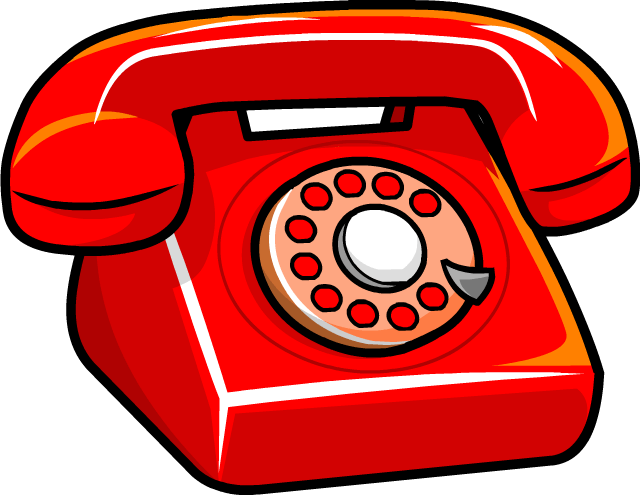After washing a load of laundry, you expect to open the lid and find semi-dry fabrics. But what if you’re greeted by a soapy soup of soaked clothes and sudsy water?
Soggy clothes pose several problems, like:
- Damaged fabric. No matter how many spin cycles you do, your clothes still come out soaking wet. All that friction can damage delicate fabrics like hand-knitted or silk items. When certain fabrics are left to sit in a drum of water, the moisture may damage them.
- A funky smell. What’s worse than going to all the trouble of washing your clothes, only to have them smell worse than when you started? It’s a bit frustrating, to say the least. You can’t achieve that laundry-fresh scent if your washing machine isn’t working.
- Mould growth. It’s surprising how quickly mould grows in damp, dark conditions—which perfectly describes the inside of a washing machine. The presence of mould may irritate allergies or asthma, so it poses a health hazard.
If your clothes are soaking wet after a spin cycle, your washing machine could have a draining issue.
Why Is The Water Not Draining?
A washing machine that won’t work puts a real damper on your day! You’ve had enough, and you’re ready to call for repairs. But what’s behind this issue? A few common causes include:
A door that won’t lock
If you’ve dealt with a faulty door latch before, then you know how this mechanism can drive you bonkers.
It’s designed as a safety feature to prevent the machine from operating when the door isn’t fully closed. Understandably, that’s an important feature; if there is a gap, water could spew all over your home.
However, sometimes the sensor malfunctions, either for electrical or mechanical reasons. Even though the door is completely closed, your machine still refuses to run. It won’t drain water if it detects that the door is unlocked.
A clogged drain
You might have dealt with a clogged drain in your bathroom sink or bathtub. But did you know the same thing can happen with your washing machine?
Most of us know to clean the dryer lint trap after each load. But washing machines can get dirty, too. Hair, dirt, and soap scum may build up in the drain until it’s completely obstructed.
You’ll need a specialist to clear out your washing machine drain.
A broken washer pump
This component is responsible for diverting water from the drum into the drain hose. If it’s broken, no water will be removed from the machine, even if the drain hose is functional.
Sometimes, items from pockets may become lodged in the pump and prevent it from functioning. If you hear strange noises coming from your machine, this could be why.
A damaged pump may be repaired, but depending on the extent of the damage, it could require a replacement.
What Can You Do?
DIY solutions often end up doing more harm than good. You risk damaging the appliance and causing further troubles. Even if you’re hesitant to pay a repair bill, it’s often less expensive than replacing a unit that’s been tampered with and broken.




